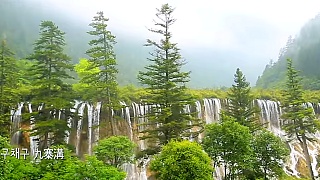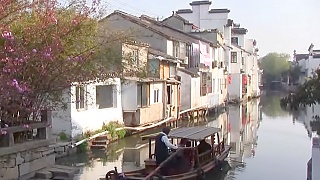 Twelve Girls Band
Twelve Girls Band
Classically-trained musicians of traditional Chinese instruments ...
[640],shadow=true,start=252,stop=
Related Videos
Featured Videos

|
JiuZhaiGou ('Nine Villages Valley') in south west China is a UNESCO World Heritage site, nature reserve and scenic area.
A great film by Sticker Travel ...
|

|
With shiitake mushrooms, soft dofu (tofu), eggs, sliced bamboo shoots, thin sliced red pepper, thin sliced carrots, chopped spring onion, rice vinegar, soy sauce, white pepper powder, chopped / minced ginger and a little corn starch - delicious ...
|

|
With Richard Turrin ...
|

|
JiangSu province.
With CN Walking ...
Bonus film - 10 things the West should learn from China (but probably will not) - with Because I'm Lizzy ...
|

|
With DianXi XiaoGe ...
|

|
Red Note, Trump, BRICS, and much more ..
YT comments :
"If a government is elected, but acts against the interests of the people, why should you call it democratic? If a government that is not elected works in the interests of the people, why should you consider it undemocratic?"
“The US is not scared of other countries getting your information, they’re scared that you’ll get information from other countries”.
|

|
SuZhou lies in JiangSu province, north of ShangHai. It is the cradle of Wu culture ...
|

|
Last year, artist Hu JunJun was invited to make a six ton Reclining Buddha statue with twigs, which received much attention on exhibition in XiaMen. In her works, the Buddha often appears among colorful Chinese landscapes in a light and graceful style, rather than in the stereotypical manner of religious art works. Master architect Tadao Ando designed a museum for their collection of Buddha statues of the Northern Dynasties over the past decade. At the end of 2020, YIT visited Hu JunJun in her studio and collected the backstage story of her creation and collection of Buddha statues ...
*** Find many more inspiring videos on our latest Chinese culture videos page ***
|
Tag search ?
 Twelve Girls Band
Twelve Girls Band




